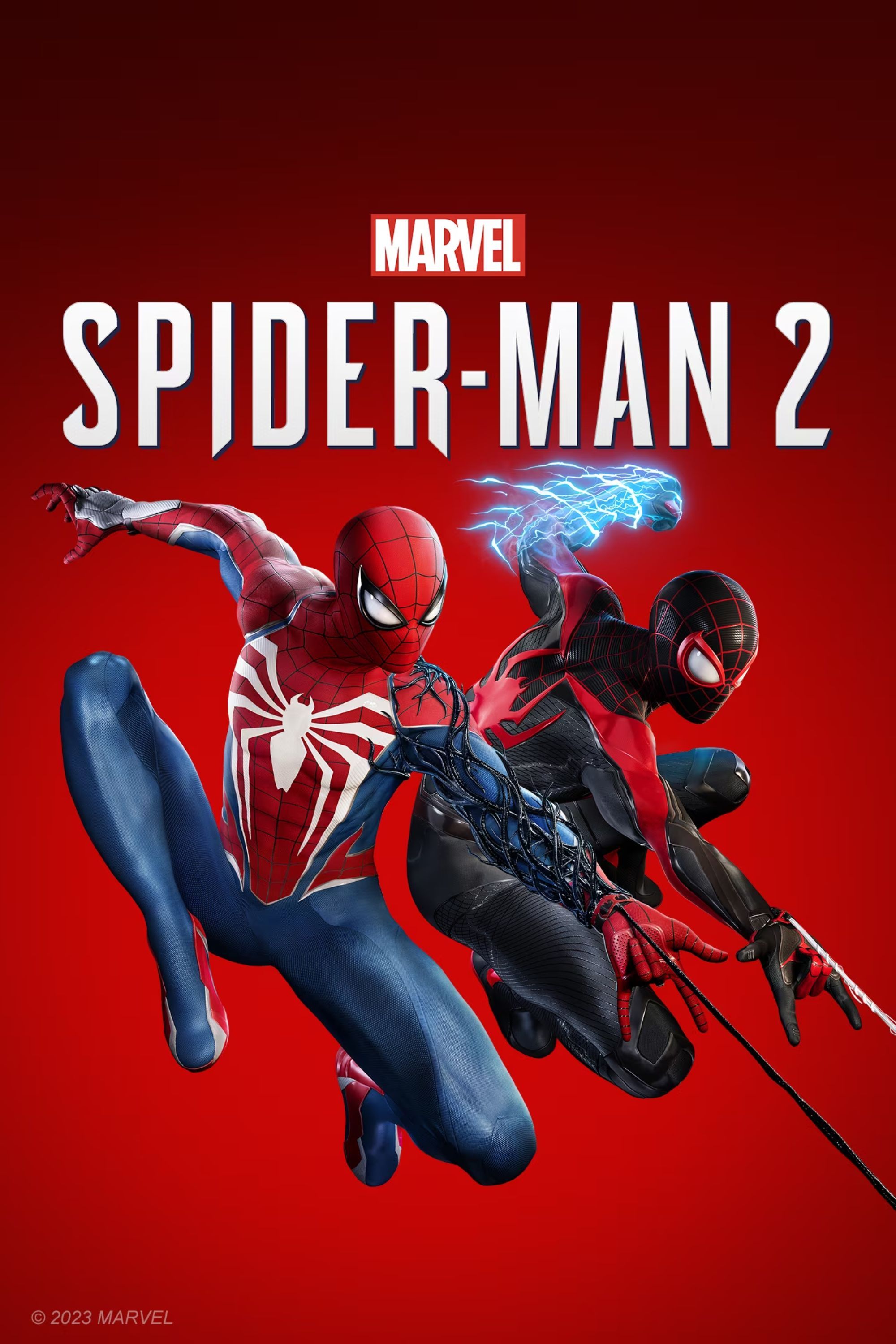Popular superheroes often shine brightest when facing their memorable archenemies. Think Batman and Joker, Wolverine and Sabretooth, Magneto and Professor X, or Red Skull and Captain America. These villains complete the hero, embodying a complex conflict that the hero must overcome, sometimes even representing different sides of the same coin. Spider-Man’s case is particularly complex. With one of the richest rogues’ galleries in the comic world, choosing a single archenemy for him is a challenging task.
Insomniac Games seems to perfectly understand that concept and does a really great job at representing Peter Parker’s array of enemies in its Spider-Man games. In the first game alone, players face off against a plethora of bosses like Vulture, Electro, Shocker, Rhino, Kingpin, Scorpion, Mister Negative, Doctor Octopus—sometimes even dealing with more than one at the same time. The recently released sequel promises an expanded lineup, featuring Kraven the Hunter, Venom, Sandman, Lizard, Mysterio, and Carnage, among others. Such variety is undeniably fantastic; the diverse enemies, their challenging boss fights, and the varied combat tactics required to defeat them add layers to the experience. Each encounter presents new challenges and introduces intriguing characters, ensuring there is no place for boredom.
However, while this positive trend seems to be very appropriate for every other Marvel game as well, not everybody’s been doing it. In titles like Marvel’s Avengers and Marvel’s Midnight Suns, the roster of iconic villains is surprisingly limited, despite those games allowing players to embody numerous beloved superheroes all at once.
I remember how excited I was during the first hour of Marvel’s Avengers, eagerly anticipating the thrills that lay ahead. In those opening moments, I fought Taskmaster as Black Widow and faced off against Abomination as the mighty Hulk. This not only showcased the hero-archenemy dynamic but also resonated well with MCU movie scenes that feature the same battle sequences. Now, imagine my disappointment when I realized that Abomination and Taskmaster constituted almost half of the iconic villains throughout the 25-hour-long game. As the story progressed, encounters with Crossbones and M.O.D.O.K. followed—and that was it, no additional surprises. Even after several post-launch updates, the situation barely improved, with the most notable addition being Klaw, another rather minor villain you’d encounter multiple times.
Marvel’s Midnight Suns, despite its unique and original approach, sadly fell into the same pattern. Pretty early on, you’d engage with Spider-Man in battles against Fallen Venom and encounter Wolverine clashing with Sabertooth. Yet, the repetition kicked in as you found yourself facing Fallen Venom and Fallen Sabertooth again and again, leading to a sense of monotony and frustration. It left me wondering about the absence of other iconic heroes’ adversaries, like Blade’s Deacon Frost, Captain Marvel’s Moonstone, or Doctor Strange’s Baron Mordo. Instead, it was the unfortunate Crossbones who took the heat for every missing villain you might anticipate. With such a vast array of superhero characters, the scarcity of different iconic bosses felt oddly off. What’s even worse, encountering the same villain repeatedly diminished their impact, making them seem less menacing and significant, undercutting the initial strong impression they might have made.
Also, what’s up with Crossbones, may I ask? His recurring presence in both Marvel’s Avengers and Marvel’s Midnight Suns raises a puzzling question: why does this character, who typically serves as a supporting villain, appear so prominently? While Crossbones is a recognizable figure, having appeared in multiple MCU movies, he is generally depicted as a henchman rather than a formidable threat in his own right. Moreover, he is essentially just an angry guy with a gun, lacking the depth and complexity of more menacing adversaries, which also makes him one of the most boring enemies to fight when playing as a team of superhumans with insanely powerful abilities. Marvel’s rich universe offers a plethora of fascinating villains, so maybe it is worth exploring other options instead of relying on the same, comparatively uninspiring character.
I have not touched upon the ‘possessed hero’ trope yet, which is unfortunately quite common in Marvel games as well. In Avengers, you find yourself battling an alternate future version of Hulk, known as Maestro. Meanwhile, in Midnight Suns, you’re tasked with defeating Fallen Scarlet Witch and Fallen Hulk before they can join your party as playable characters. Personally, I’m not a fan of such twists, especially considering the vast array of comic villains Marvel’s got to draw from. With so many intriguing antagonists to choose from, perhaps it would be better to let heroes remain heroes, prioritizing more varied boss encounters that offer fresh and engaging challenges for the players.
Marvel’s Spider-Man games truly stand out in their adept use of the extensive villain roster, and I wish the same could be said about other Marvel titles out there. Unfortunately, other big superhero titles on the market have failed to match Insomniac’s approach, and I hope that the upcoming projects like EA Motive’s Iron Man or Skydance’s Captain America/Black Panther game won’t be held back by a shortage of memorable villains to face.

Marvel’s Spider-Man 2
Marvel’s Spider-Man 2 follows the incredible story established in 2018’s Marvel’s Spider-Man, bringing a whole new set of Spider-Man’s rogues’ gallery including Kraven, Venom, and Sandman!
- Platform(s)
- PlayStation 5
- Released
- October 20, 2023
- Developer(s)
- Insomniac Games
- Publisher(s)
- Sony Interactive Entertainment
- Genre(s)
- Open-World, Action


